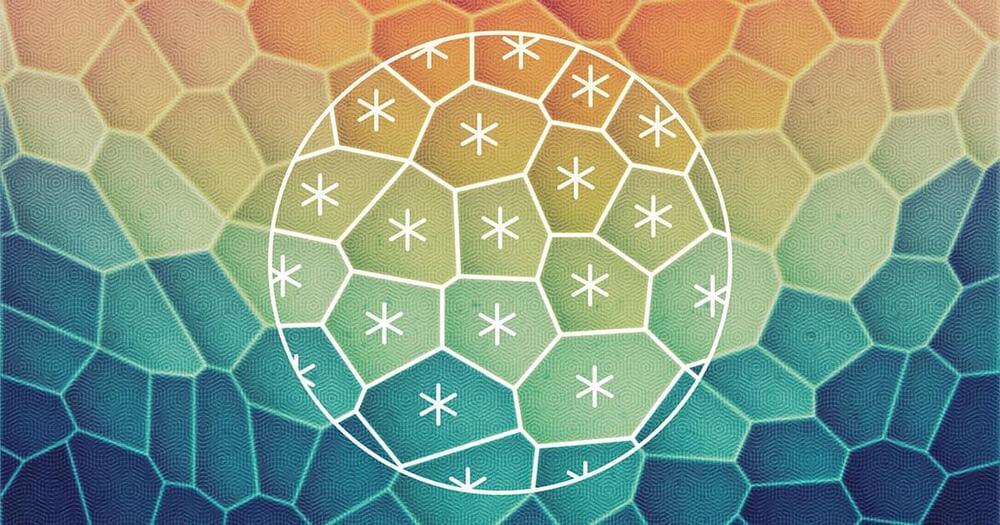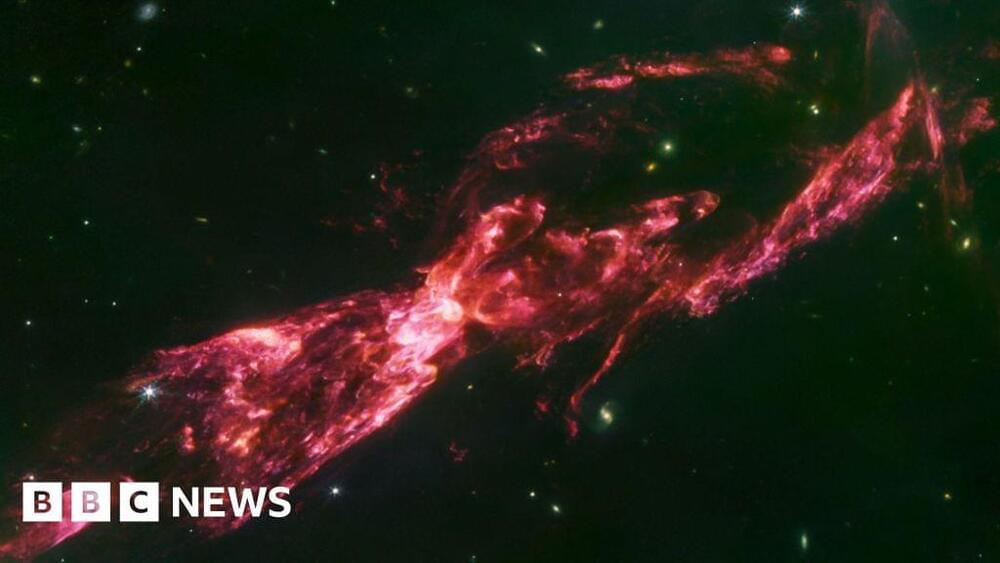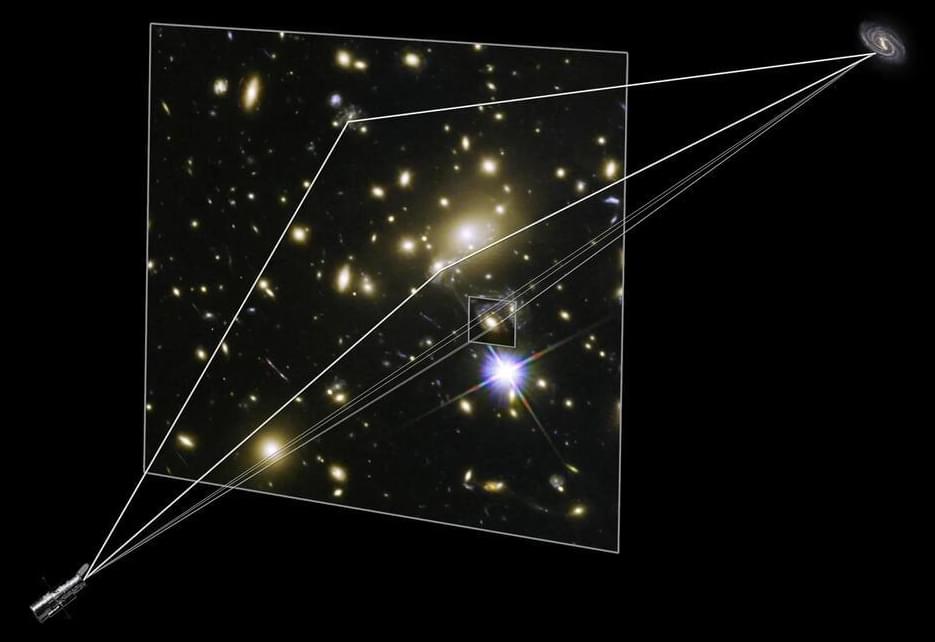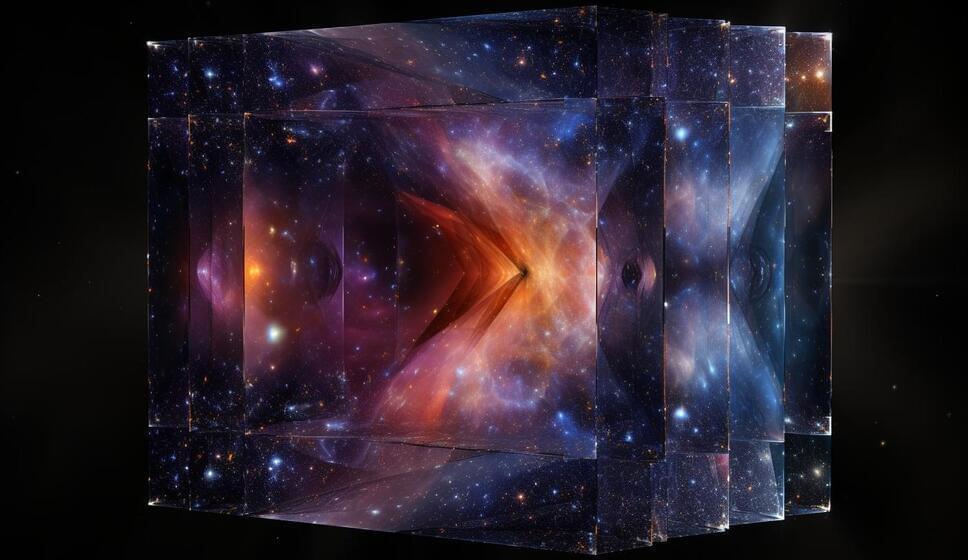Nov 5, 2023
Biophysicists Uncover Powerful Symmetries in Living Tissue
Posted by Shubham Ghosh Roy in categories: biological, mathematics
Julia Eckert, biophysicist at the University of Queensland, recently uncovered nested forms of symmetry in mammalian tissues. This work is bringing the powerful math of fluid dynamics to the messy world of biology.
After identifying interlocking symmetries in mammalian cells, scientists can describe some tissues as liquid crystals — an observation that lays the groundwork for a fluid-dynamic theory of how tissues move.


















